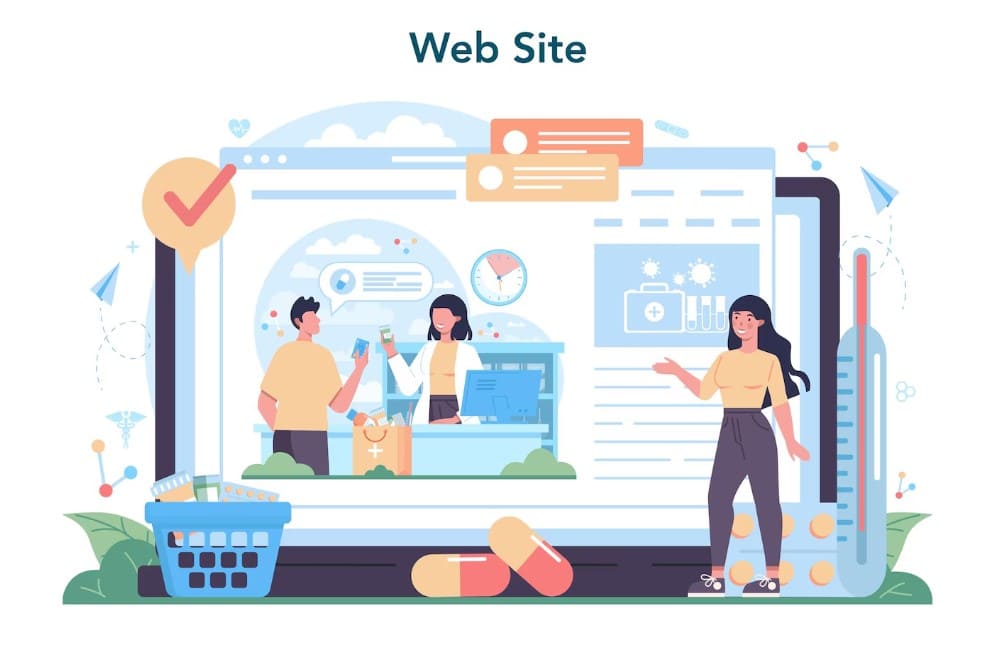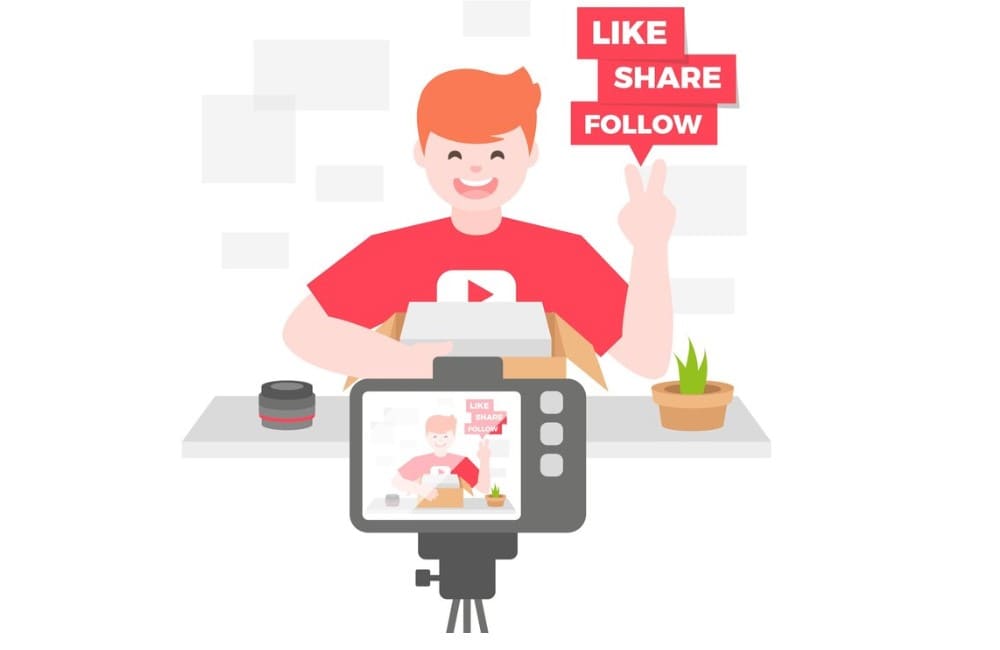Having an online presence for businesses is no longer an option; it is more of a requirement these days. Social media is used by businesses of all sizes to increase their online presence, get followers, and communicate with their target consumers. With this, it is safe to assume that you will no longer find any business these days that are not on social media.
However, whether you’re just getting started or a seasoned veteran, there’s always room for growth. So, here are 4 easy reminders to help you boost your social media game and market your brand successfully.

Faceless Content Ideas: Engaging Your Audience Without Showing Your Face
- November 29, 2024
Creating content without showing your face is an innovative way to connect with audiences. Many creators prefer faceless content for its versatility and privacy. Let’s explore some unique faceless content ideas to help you captivate viewers while staying behind the scenes.
1. Voiceover Tutorials
Voiceover tutorials are an excellent option for educational or how-to content. Record your screen or create visuals while narrating instructions. This approach works well for tech tutorials, cooking videos, or art lessons.
Key Tip: Use clear, concise language, and ensure your visuals complement your voiceover for maximum engagement.
2. Before and After Transitions
Show transformations without appearing on camera. Whether it’s a home renovation, fitness progress, or digital artwork, before-and-after videos keep viewers intrigued.
Key Tip: Use smooth transitions to emphasize the change and make your content visually appealing.
3. Storytime Narratives
Share stories or experiences while showing relevant visuals, text animations, or drawings. Audiences enjoy relatable or entertaining content, and your voice can add a personal touch.
Key Tip: Use background music and engaging visuals to enhance the storytelling experience.
4. Time-Lapse Videos
Time-lapse videos condense lengthy processes into engaging clips. Examples include painting, gardening, or assembling a product.
Key Tip: Use a steady camera setup and capture high-quality footage for a professional look.
5. Unboxing Videos
Unboxing videos are popular for showcasing products. Focus on the item, its packaging, and your hands as you reveal the contents.
Key Tip: Add commentary about the product’s features and quality to inform your audience.
6. POV (Point of View) Content
Capture events or experiences from a first-person perspective. Examples include cooking, gaming, or outdoor adventures.
Key Tip: Use a GoPro or smartphone to create immersive footage that places viewers in your shoes.
7. Infographics and Animated Videos
Infographics and animations deliver information in a visually appealing format. Use tools like Canva or Adobe After Effects to create dynamic content.
Key Tip: Focus on simple, clean designs that emphasize your message while maintaining viewer interest.
Why Choose Faceless Content?
Faceless content is ideal for creators who value privacy or prefer to emphasize the subject rather than themselves. It also offers creative freedom to experiment with styles and formats.
Faceless content is versatile, engaging, and perfect for creators who wish to stay behind the scenes. Whether you’re narrating tutorials, creating POV videos, or designing animations, these ideas will help you connect with your audience effectively.
For more tips on content creation: 13 Best Faceless YouTube Channel Ideas For 2024.
Related articles
Contrary to popular belief, Lorem Ipsum is not simply random text. It has roots in a piece of classical Latin literature from 45 BC, making it over 2000 years old.






